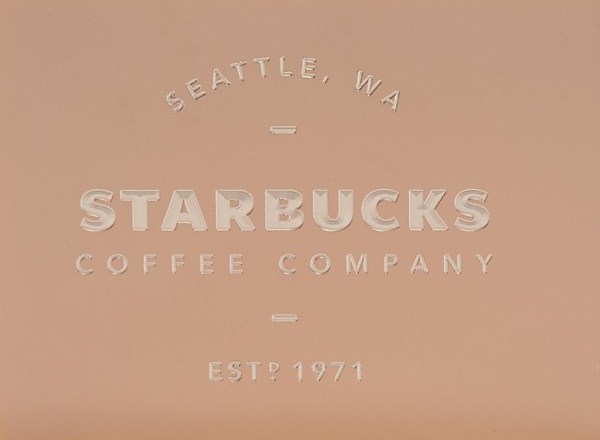Retail
The Long Start of a Schultz Succession Plan at Starbucks
Published:
Last Updated:
Coffee-house giant Starbucks Corp. (NASDAQ: SBUX) has a new chief operating officer. The question that investors and company fans should be asking is if Howard Schultz is thinking about stepping aside as chief executive officer (CEO) any time soon. As a reminder, Schultz already stepped out once as CEO before coming back to that role.
Schultz, 60, told analysts late Wednesday that the elevation of Troy Alstead to chief operating officer is not about setting up a succession plan. Instead, Schultz wants to focus on bigger questions, especially how to navigate the company through an increasingly digital environment.
Alstead is now chief financial officer and has been with the company for 22 years. His new job is to run the day-to-day business for the company. Starbucks, one of the world’s preeminent global brands, has more than 19,700 outlets around the world.
Starbucks does face challenges, which help explain the stock price drop since November. Same-store sales in the United States grew 5% in the fiscal first quarter, which ended on Dec. 31. Analysts had expected 6.4% growth. One issue seemed to be that traffic in shopping malls, where Starbucks has a big presence, fell off during the holiday season as many shoppers bought gifts online.
While one cannot transmit a latte digitally, one can build on what is already a big digital business. Digital payments and loyalty cards represent a third of U.S. transactions, Schultz said during last week’s earnings call. Loyalty cards left Starbucks with a record $1 billion in deferred revenue in the latest quarter. More than 10 million customers use its digital payment app, which accounts for 5 million transactions each week.
The company processed some 40 million Starbucks card activations, valued at $610 million in the first quarter. In the days immediately leading up to Christmas, activations were coming in at a rate of $2 million a day.
Ultimately, customers will use their Starbucks cards somewhere, and that’s the point. Starbucks gets to use the cash in the meantime. It is akin to an insurance company collecting premiums and investing the money until claims come in. At the same time, Starbucks invested $25 million in Square, the payments company. Square processes Starbucks’ credit and debit card transactions.
Schultz has done wonders for Starbucks shares in recent years. The shares were up 46.2% in 2013, well ahead of the 29.6% gain for the Standard & Poor’s 500 Index. Since his return as CEO in 2008, the shares are up nearly 300%.
Schultz’s assertions that he is not setting up a succession plan may also reflect the painful experience the company had when he wasn’t CEO. The company expanded too fast, with new stores cannibalizing the business of older outlets. Schultz was forced to sack his then-CEO Jim Donald in early 2008 and take back the company’s reins. Stores were closed, with thousands of layoffs, while the company reworked its location selection process.
The move seems to be cheering investors. Starbucks shares were up 45 cents to $72.01 in late-morning trading, after falling to as low as $71.31 soon after the open. The shares, however, are down about 13% from their all-time high of $82.50, set on November 6.
Thank you for reading! Have some feedback for us?
Contact the 24/7 Wall St. editorial team.